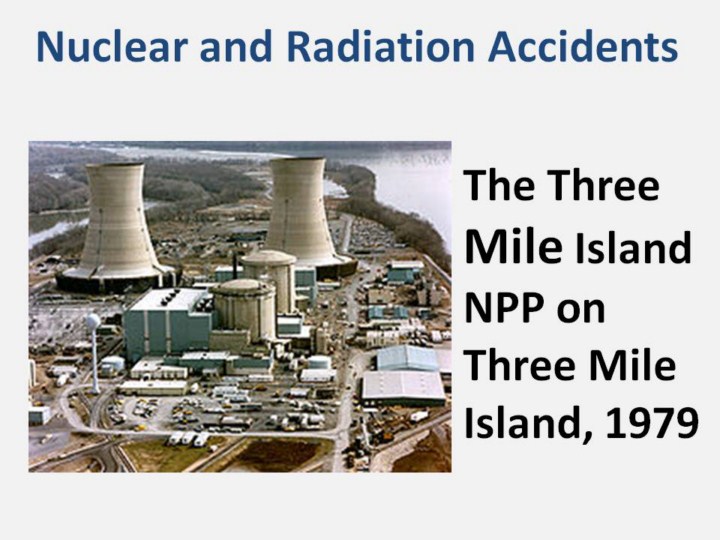| front |1 |2 |3 |4 |5 |6 |7 |8 |9 |10 |11 |12 |13 |14 |15 |16 |17 |18 |19 |20 |21 |22 |23 |24 |25 |26 |27 |28 |29 |30 |31 |32 |33 |34 |35 |36 |37 |38 |39 |40 |41 |42 |43 |44 |45 |46 |47 |48 |49 |50 |51 |52 |53 |54 |55 |56 |review |
 |
On March 29, 1979, there was a cooling system malfunction that caused a partial melt-down of the reactor core. This loss of coolant accident resulted in the release of a significant amount of radioactivity, estimated at 43,000 curies (1.59 PBq) of radioactive krypton gas, but less than 20 curies (740 GBq) of the especially hazardous iodine-131, into the surrounding environment. The nuclear power industry claims that there were no deaths, injuries or adverse health effects from the accident, but a peer-reviewed study by Steven Wing of the University of North Carolina found that lung cancer and leukemia rates were 2 to 10 times higher downwind of TMI than upwind, and also showed that there was plant and animal chromosomal damage, but without considering the effects of stress or improved screening. In addition, the Radiation and Public Health Project reported a spike ininfant mortality in the downwind communities two years after the accident. The incident was widely publicized nationally and internationally, and had far-reaching effects on public opinion, particularly in the United States. |